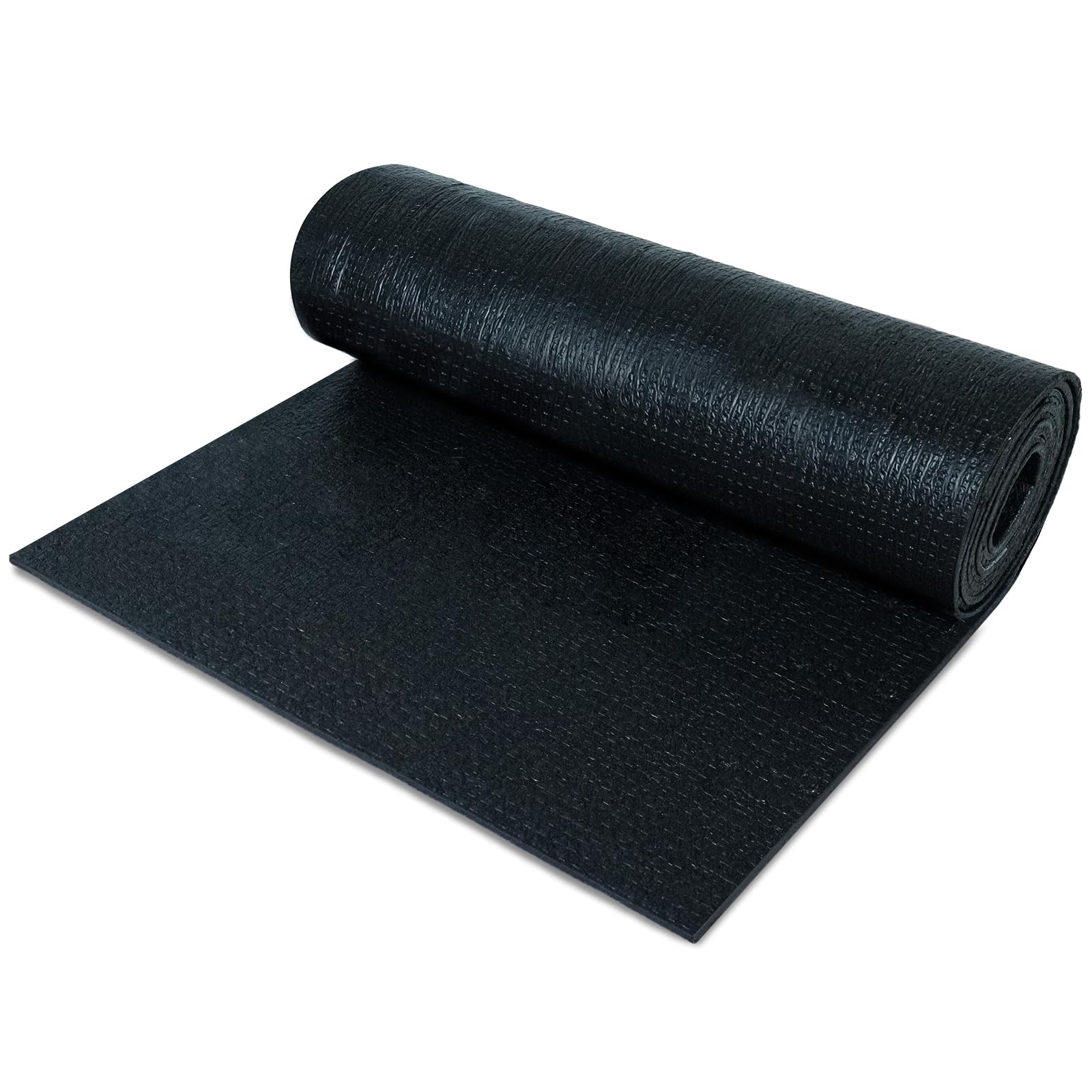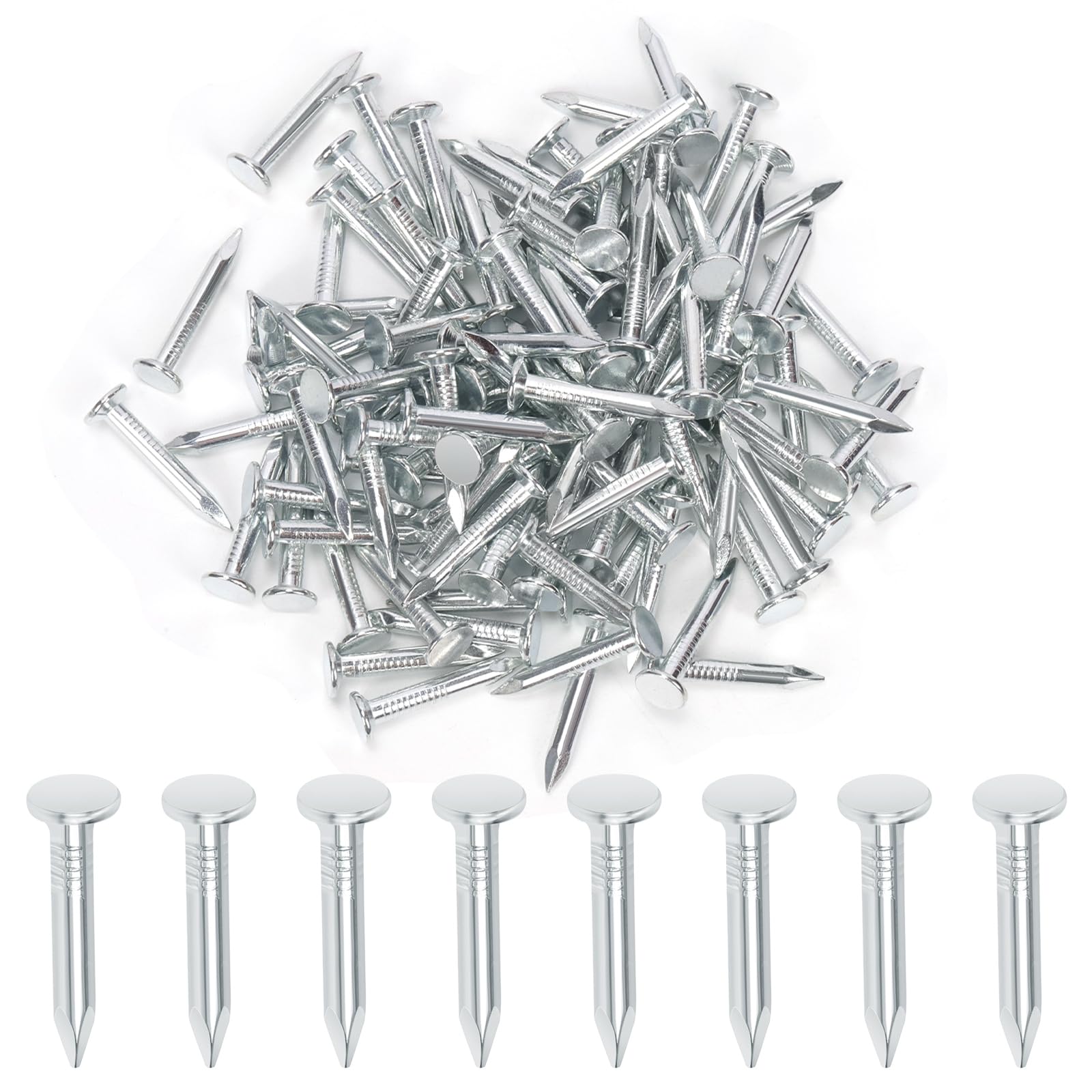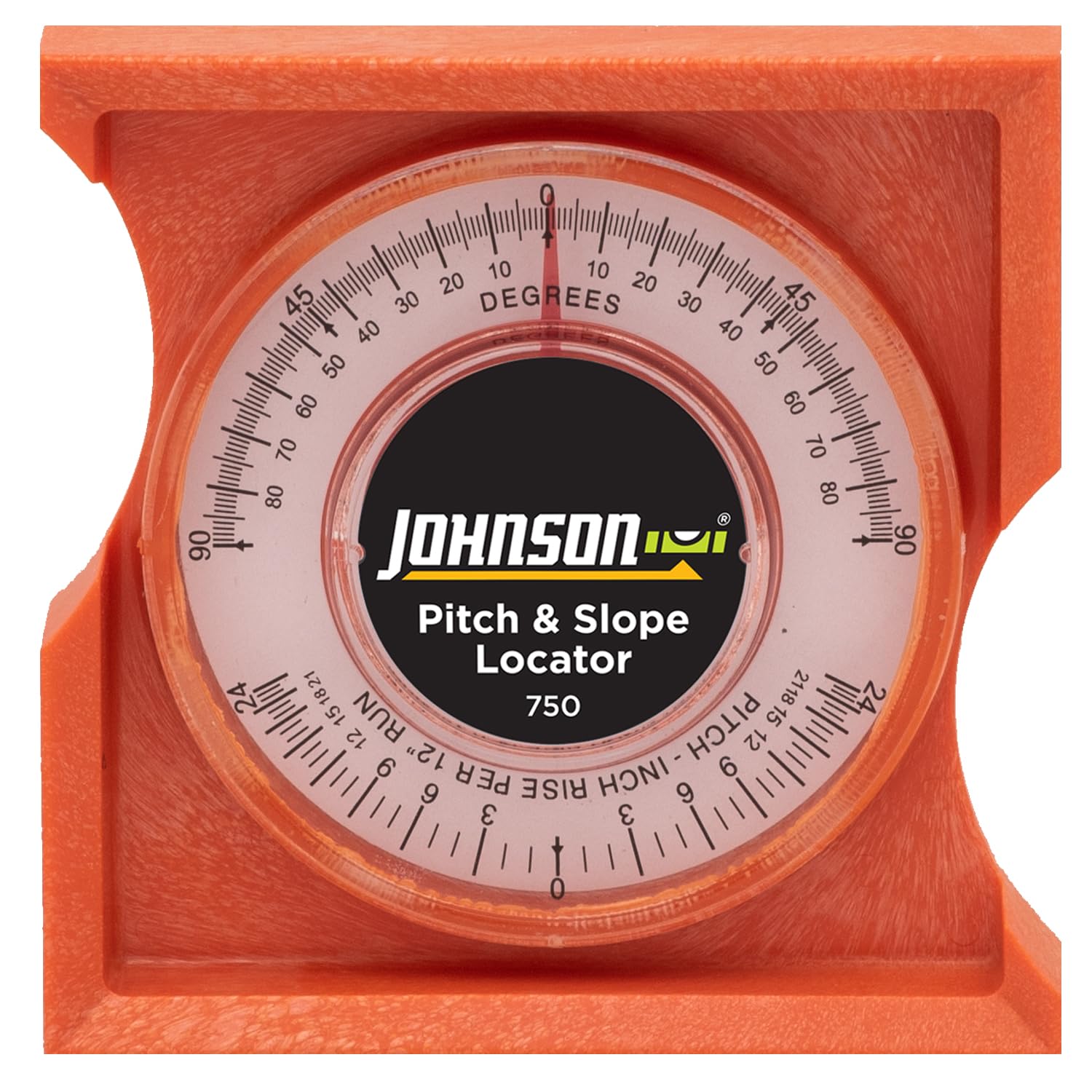🧾 Underlayment Calculator & Ice and Water Shield Calculator – Complete Guide
Estimate underlayment rolls by area, pitch, coverage, waste, and sections. Includes optional ice & water shield helper, multi-section breakdown, cost, examples, and pro practices.
Roof underlayment is the secondary water barrier between deck and shingles. Whether you’re using felt (#15/#30) or synthetic sheets, correct roll counts prevent shortages, schedule slips, and warranty issues. If you’re asking for an underlayment calculator or ice and water shield calculator, this page gives you precise numbers and the reasoning behind them.
Enter your roof area (per section), coverage per roll, waste % for laps/cuts, pitch factor, number of sections, and optional cost per roll. You’ll get total rolls, per-section breakdown (assuming equal section sizes), and a budget estimate. Below the calculator, we added a quick Ice & Water Shield Helper that converts eave/valley linear feet into roll counts by width.
Keep scrolling for a field-tested guide: overlaps, fasteners, exposure limits, felt vs synthetic comparisons, and realistic examples so you can order with confidence.
✅ Proper underlayment planning = drier decking, longer roof life, fewer callbacks.
📐 Underlayment Roll Estimator
Quick presets:
Result will appear here
🔧 Recommended Roofing Tools & Supplies
💡 Tip: Always order 10–15% extra rolls for laps, valleys, and cuts.
📐 Guidance will appear here after calculation.
🧊 Ice & Water Shield Helper (Optional)
Convert eave/valley linear footage to roll counts based on membrane width and waste.
🔧 Recommended Roofing Tools & Supplies
Disclosure: This section contains affiliate links. As an Amazon Associate, we earn a small commission from qualifying purchases — helping us keep SmartRoofingCalculator free to use.
📖 Complete Guide to Roofing Underlayment
Underlayment protects the deck from wind-driven rain, backs up shingle systems, and improves dry-in between trades. Key variables are coverage per roll, overlaps, exposure limits, fasteners, and climate-specific details like ice barriers.
1) Coverage & Overlaps
- Typical felt: ~400 sq ft per roll; synthetic: 800–1200+ sq ft per roll.
- Common overlaps: 4″ horizontal, 6″ vertical (verify with your product).
- Valleys/hips and complex geometry drive waste to 10–15%.
2) Fasteners & Exposure
- Use cap nails/staples for synthetics; follow manufacturer nailing patterns.
- Exposure limits vary: felt ≈ 1–2 weeks; synthetics ≈ 60–180 days.
3) Ice & Water Shield
- Eaves, valleys, penetrations, and low-slope transitions often require peel-and-stick membranes.
- At eaves in cold regions, many codes require 2 courses above the interior wall line.
4) Common Mistakes
- ❌ Ignoring pitch factor and ordering short.
- ❌ Underestimating waste on complex roofs.
- ❌ Exceeding exposure limits and voiding warranty.
- ❌ Skipping ice barriers in cold-climate eaves/valleys.
📊 Worked Examples
Example 1: Two Sections, Synthetic
- Area/section = 1,000 sq ft; sections = 2 → base = 2,000 sq ft
- Pitch factor 1.15 → 2,300 sq ft; waste 10% → 2,530 sq ft
- Coverage 1,000/roll → 2.53 rolls → 3 rolls
If cost $85/roll → total ≈ $255.
Example 2: Single Section, Felt
- Area = 1,800 sq ft; pitch factor 1.20 → 2,160 sq ft
- Waste 12% → 2,419.2 sq ft; coverage 400 → 6.05 → 7 rolls
Round up to avoid mid-job shortages.
Example 3: Three Sections, Mix of Slopes
- Area/section = 900 sq ft; sections = 3 → base = 2,700 sq ft
- Avg pitch factor 1.10 → 2,970 sq ft; waste 8% → 3,207.6 sq ft
- Coverage 1,000 → 3.21 → 4 rolls
Use cap fasteners and respect exposure limits.
🔧 Recommended Roofing Tools & Supplies
Disclosure: This section contains affiliate links. As an Amazon Associate, we earn a small commission from qualifying purchases — helping us keep SmartRoofingCalculator free to use.
🧪 Felt vs Synthetic vs Ice & Water Shield
Felt (#15/#30)
- Covers ≈ 400 sq ft/roll
- Lower cost; heavier to handle
- Short UV exposure window
Synthetic
- Covers ≈ 800–1200+ sq ft/roll
- Lighter, tear-resistant, longer exposure
- Use cap fasteners per spec
Ice & Water Shield
- Peel-and-stick, self-sealing
- Critical at eaves, valleys, penetrations
- Coverage per roll varies (e.g., 150–225 sq ft)
🔧 Recommended Roofing Tools & Supplies
Disclosure: This section contains affiliate links. As an Amazon Associate, we earn a small commission from qualifying purchases — helping us keep SmartRoofingCalculator free to use.
✅ Best Practices from Roofers
- Include pitch factor and waste in your roll math.
- Respect exposure limits; prolonged UV degrades performance.
- Use cap nails/staples on synthetics per manufacturer pattern.
- Run an ice barrier at eaves/valleys in cold or code-mandated zones.
- Keep laps clean and dry; follow adhesive strip instructions.
- Stage rolls near ridges/hips to reduce handling time.
❓ Frequently Asked Questions
What is an underlayment calculator?
A tool that estimates rolls from area, coverage/roll, pitch factor, and waste %, with optional cost totals.
How do I use an ice & water shield calculator?
Measure eave/valley linear feet, pick roll width and coverage, add courses/waste, and divide by coverage/roll to get counts.
What pitch factor should I use?
Use your Pitch Calculator’s slope multiplier; e.g., 7/12 ≈ 1.20. Steeper roofs = more surface area.
How much waste is typical?
Usually 8–15% depending on overlaps and complexity.
Felt vs synthetic — which is better?
Felt is cheaper and familiar; synthetic offers lighter handling, stronger tear resistance, and longer exposure windows.
🔗 References & Further Reading
- NRCA — National Roofing Contractors Association
- CertainTeed Underlayment & Ice Barrier Guides
- GAF Underlayment & Leak Barrier Resources
- Owens Corning Roofing Technical Docs
- International Code Council (ICC)
Always verify coverage and fastening patterns in your product’s current spec sheet.
🔁 Related Tools
- Roof Area Calculator — confirm surface area.
- Pitch Calculator — use slope multipliers.
- Roof Valley Calculator — valley runs & lap allowances.
- Shingles Estimator — convert squares and bundles.
👷 About & Editorial Standards
Prepared by the SmartRoofingCalculator Team (20+ years combined estimating & field experience). Reviewed against current manufacturer literature and typical code guidance. Calculators are updated as specs evolve.
Last updated:











